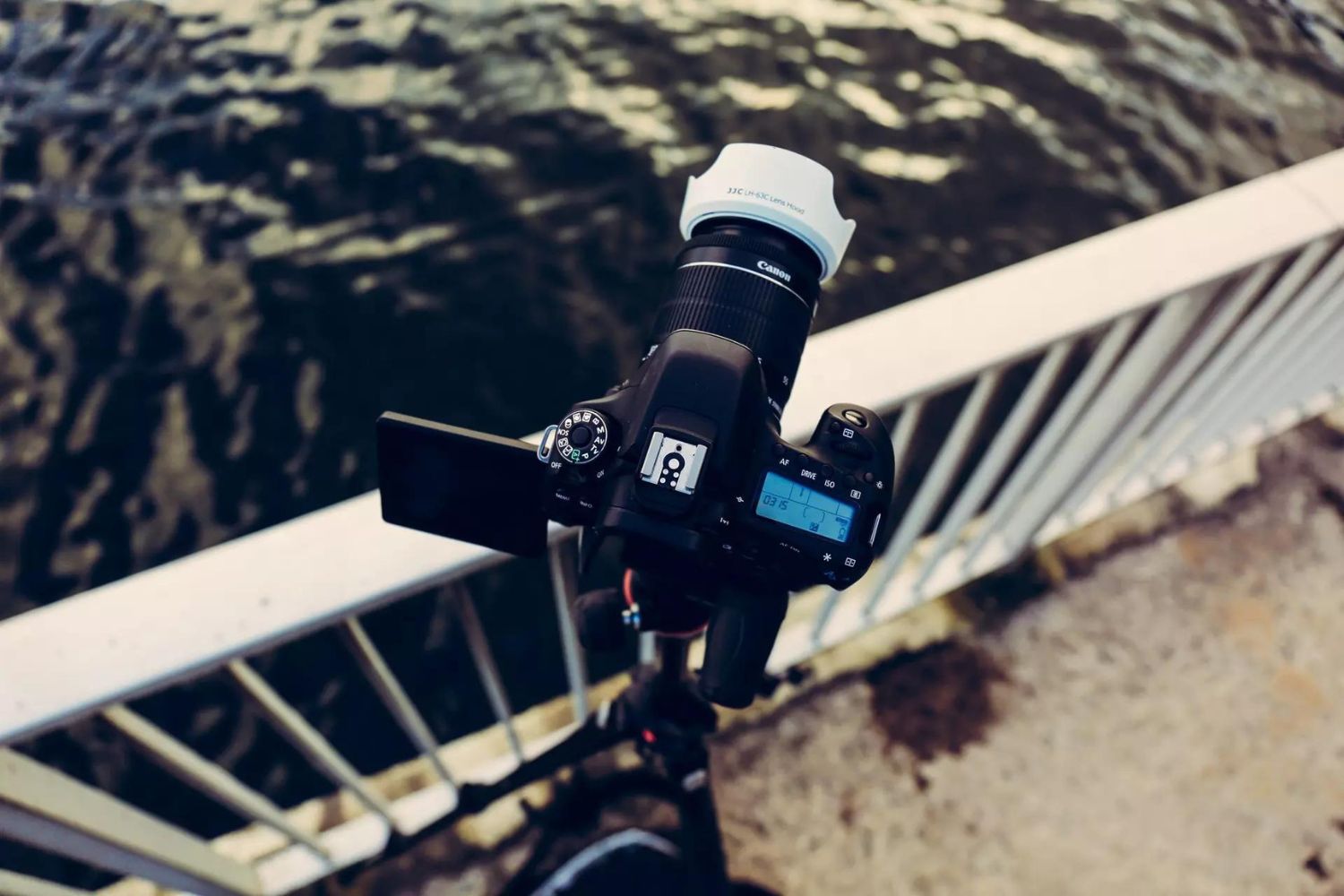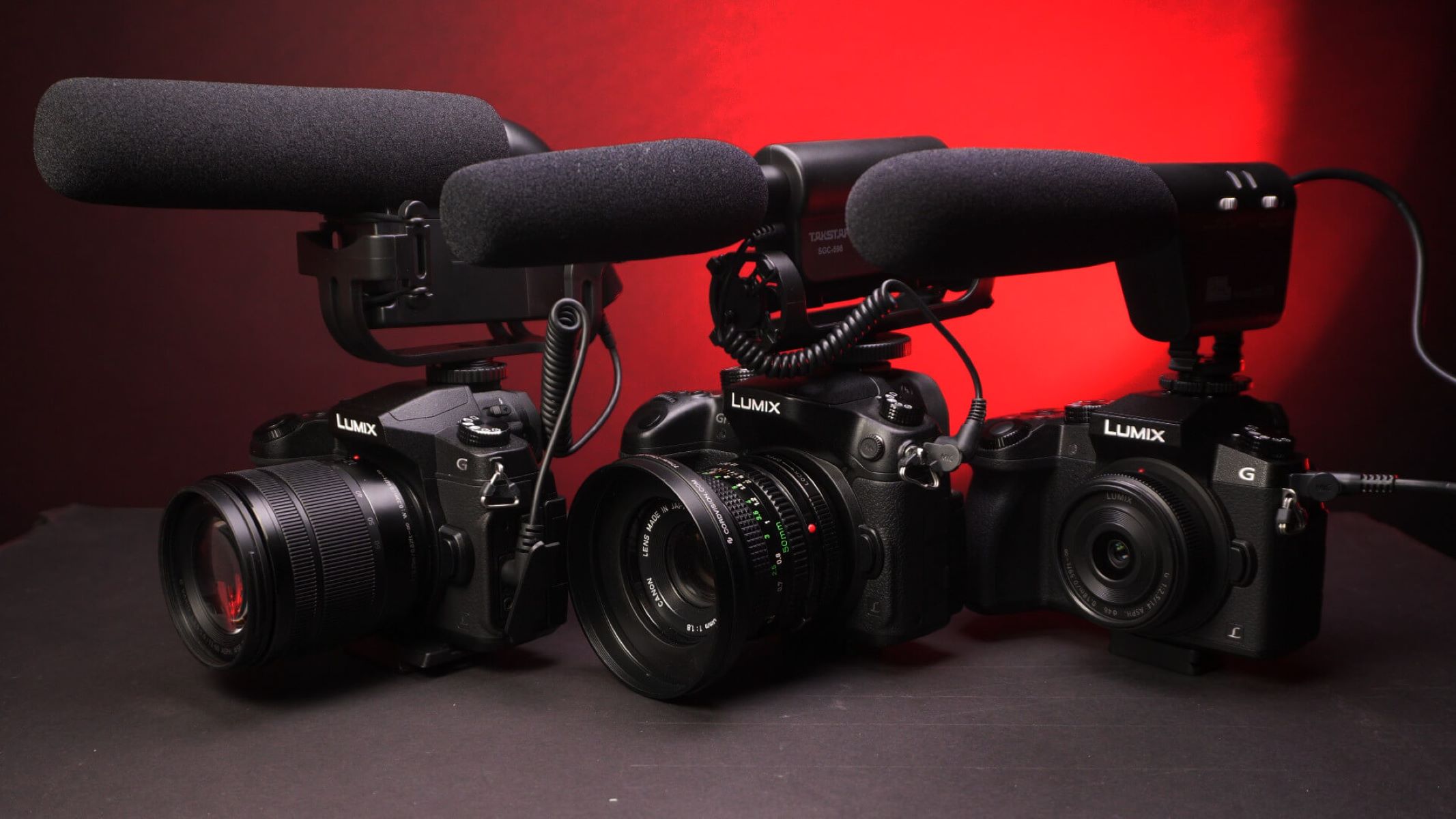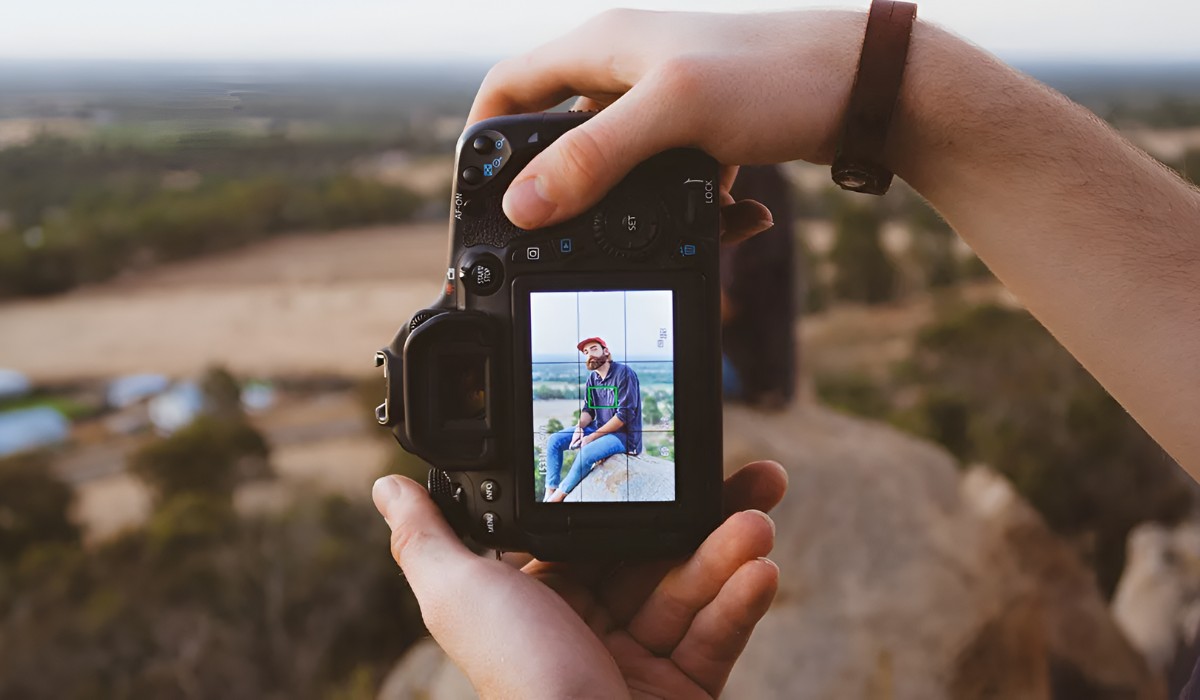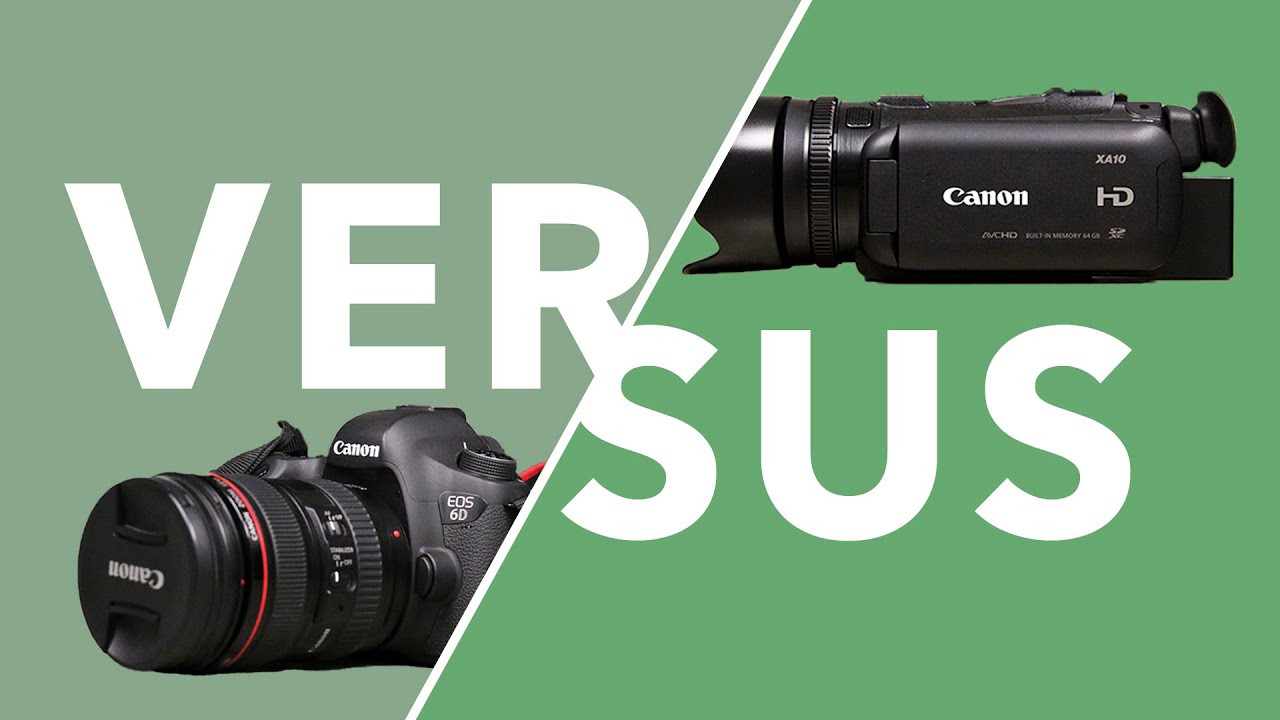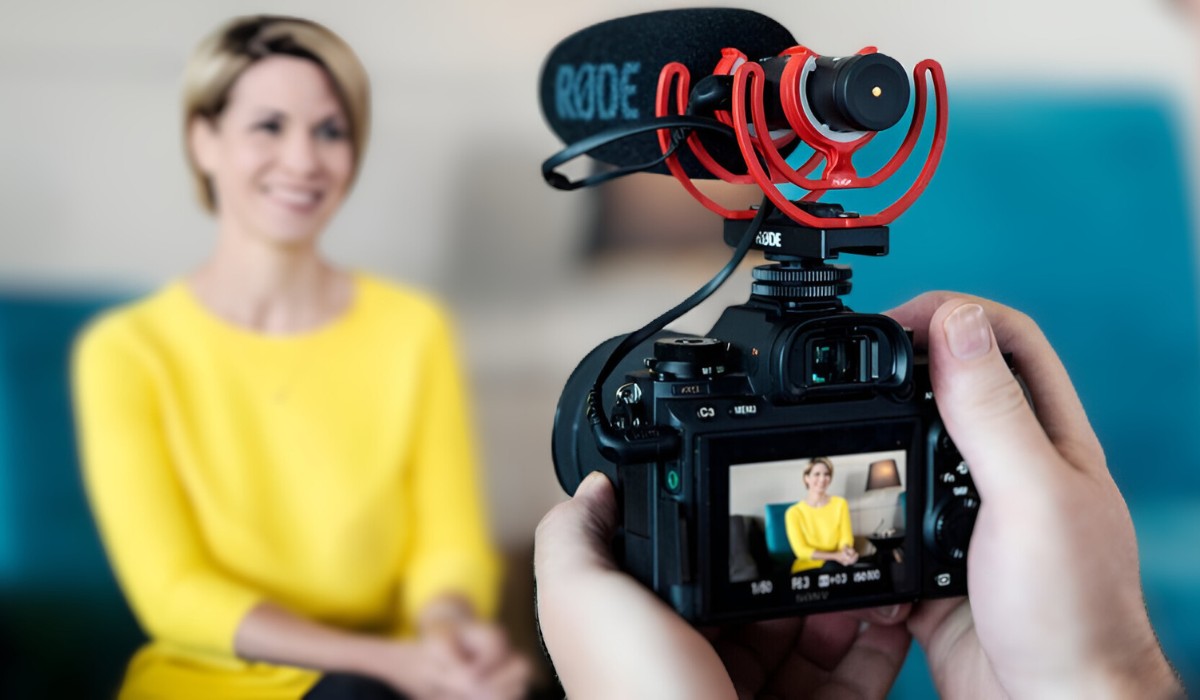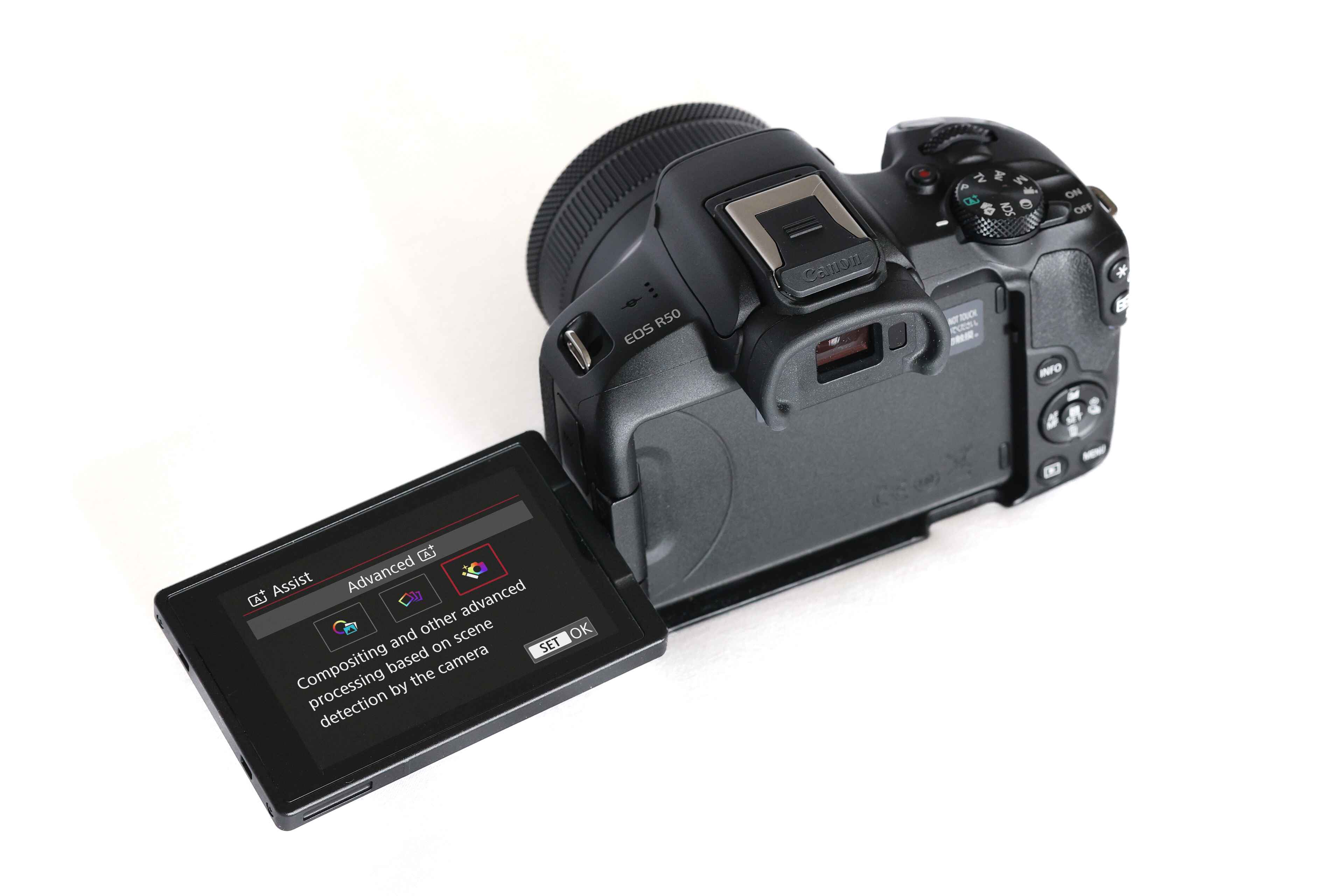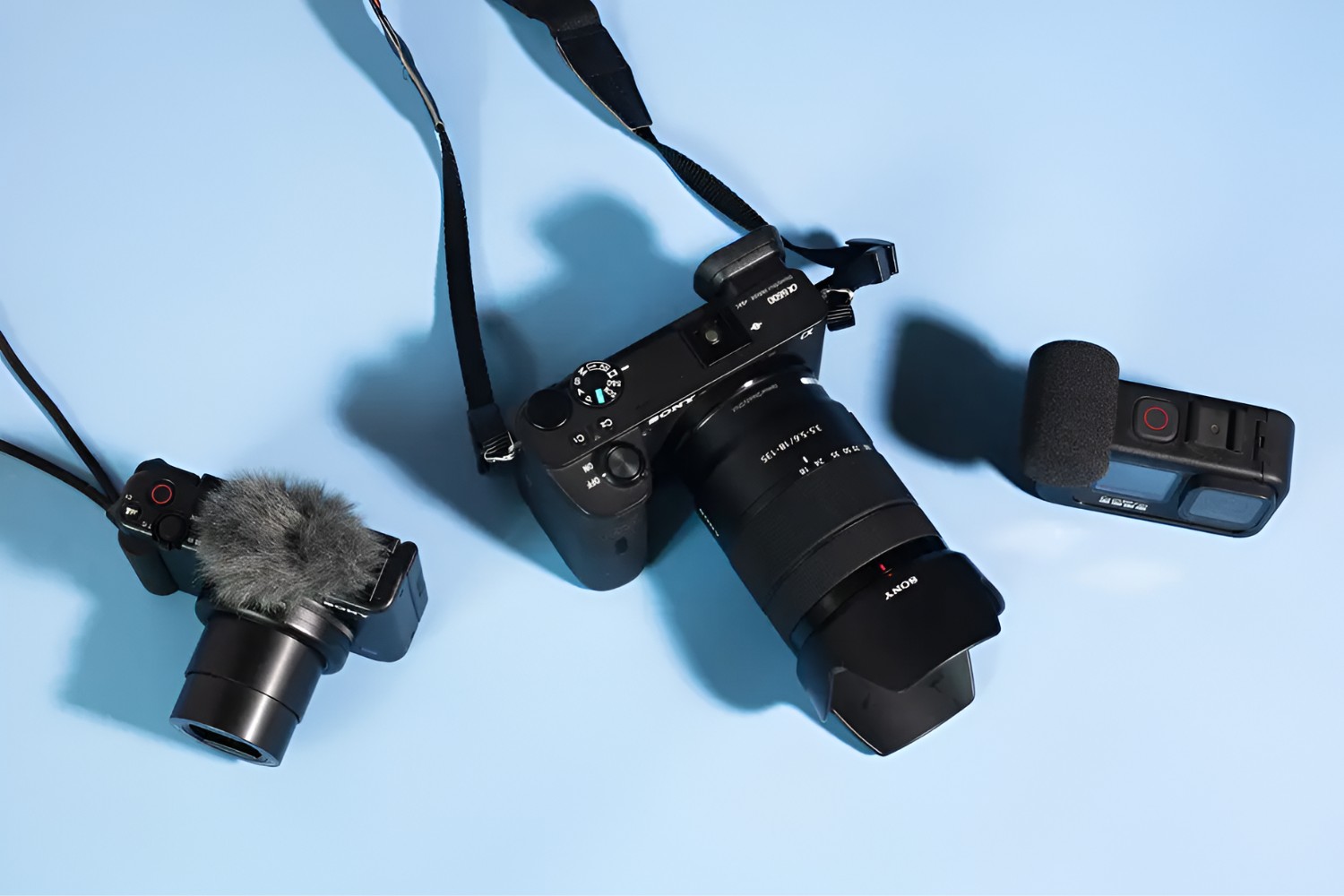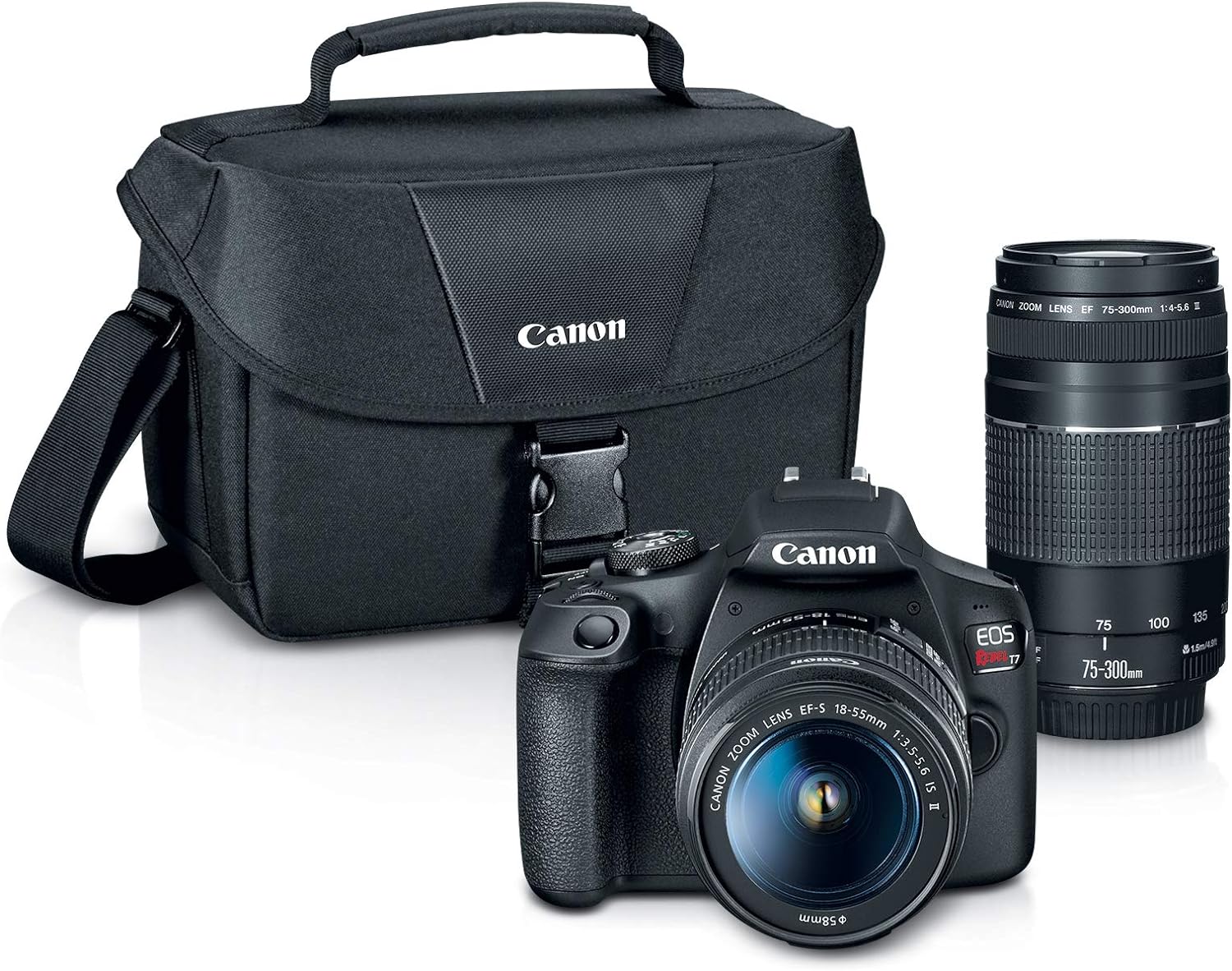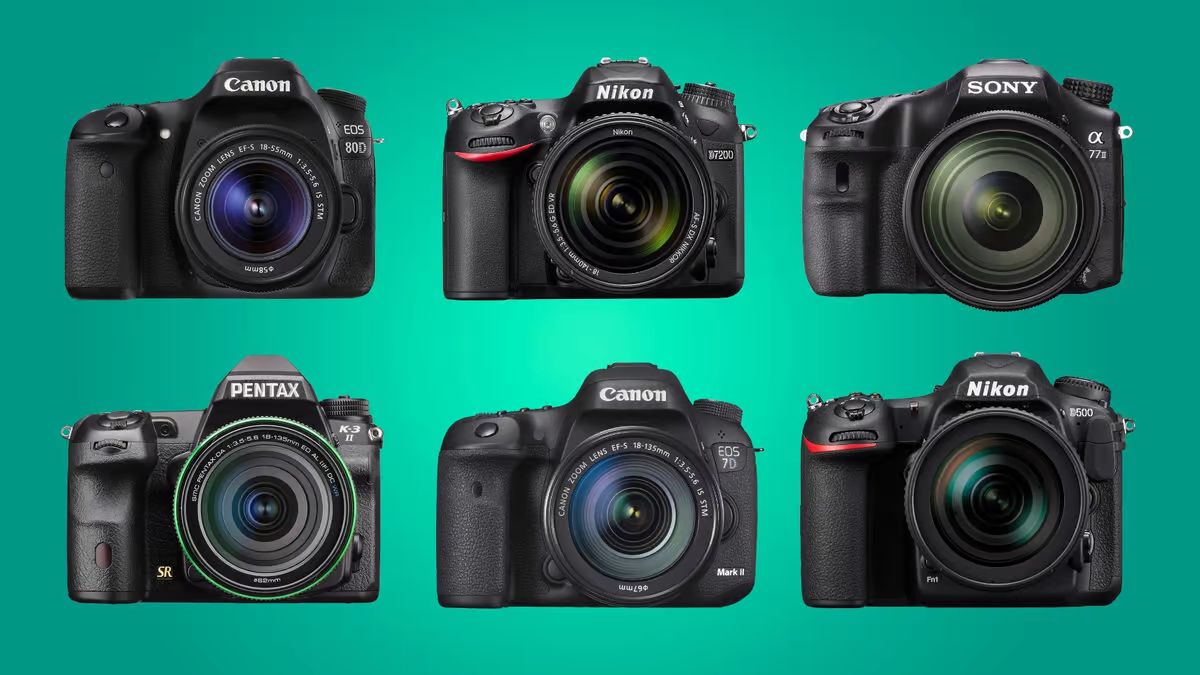Introduction
Filming with a DSLR Camera: Understanding Video Recording Time
DSLR cameras have revolutionized the world of photography with their superior image quality, versatility, and advanced features. However, these cameras are not only limited to capturing stunning still images; they also excel in recording high-quality videos. As a videographer or an amateur enthusiast, understanding the factors that influence video recording time on a DSLR camera is crucial for achieving the best results and avoiding unexpected interruptions during filming.
From the technical specifications to the environmental conditions, several factors come into play when determining how long a DSLR camera can record video. By delving into these aspects, you can gain valuable insights that will enable you to make informed decisions and optimize your filming experience with a DSLR camera.
In this comprehensive guide, we will explore the various factors that affect video recording time on a DSLR camera, understand the limitations associated with different camera models, and discover practical tips for extending video recording time. Whether you are a seasoned videographer or a novice exploring the world of DSLR videography, this guide will equip you with the knowledge needed to make the most of your DSLR camera’s video recording capabilities.
Factors Affecting Video Recording Time
Understanding the Variables
When it comes to capturing video footage with a DSLR camera, several critical factors can significantly impact the duration for which the camera can record. By comprehending these variables, videographers can effectively plan their shoots and optimize their equipment to achieve the desired results. Let’s delve into the key factors that influence video recording time on a DSLR camera:
1. Video Resolution and Frame Rate
The video resolution and frame rate directly affect the amount of data the camera needs to process and store. Higher resolutions, such as 4K, demand more storage space and processing power, leading to shorter recording times. Similarly, shooting at higher frame rates for slow-motion footage can reduce the overall recording duration due to the increased data throughput.
2. Codec and Compression
The choice of codec and compression settings can have a substantial impact on video recording time. Some codecs, such as H.264 and H.265, offer efficient compression but may limit the recording duration, especially at higher resolutions. Understanding the trade-offs between video quality and recording time is essential for optimizing the codec and compression settings.
3. Storage Media and Capacity
The type of storage media used in the DSLR camera, such as SD cards or CFexpress cards, plays a crucial role in determining the recording time. Higher-capacity and faster write-speed cards allow for longer continuous recording, while slower or lower-capacity cards may impose limitations on the duration of video capture.
4. Heat Management
DSLR cameras, especially when recording high-resolution videos, generate heat that can impact the recording time. Some cameras incorporate thermal management systems to prevent overheating, which may result in automatic shutdowns or recording time limitations in extreme conditions.
5. Battery Life and Power Supply
The battery life of a DSLR camera directly influences its video recording duration. Additionally, using external power sources or battery grips can extend the recording time, providing a reliable power supply for extended shoots.
6. Environmental Conditions
Extreme temperatures and humidity levels can affect the performance of DSLR cameras, potentially reducing their video recording capabilities. Operating the camera within recommended temperature ranges and ensuring adequate ventilation can help mitigate these environmental limitations.
By understanding and managing these factors, videographers can optimize their DSLR camera settings and shooting conditions to maximize video recording time and capture compelling footage without interruptions.
DSLR Camera Video Recording Limits
While DSLR cameras offer impressive video recording capabilities, it is essential to be aware of the specific limitations imposed by different camera models. Understanding these constraints enables videographers to plan their shoots effectively and avoid unexpected interruptions during filming. Here are the key aspects to consider when evaluating DSLR camera video recording limits:
1. Camera Model and Specifications
Each DSLR camera model comes with its unique set of specifications, including maximum video recording durations per clip and overall recording limits. These specifications are often outlined in the camera’s user manual or official documentation provided by the manufacturer. It is crucial to familiarize oneself with these details to ensure seamless filming experiences.
2. Video Recording Modes
Many DSLR cameras offer various recording modes, such as standard, high-speed, or slow-motion recording. The video recording limits may vary across these modes, with high-speed and slow-motion settings often imposing shorter recording durations due to the increased data throughput and processing requirements.
3. File Size and Format
The chosen video resolution, codec, and compression settings directly influence the resulting file sizes and, consequently, the maximum recording durations. Higher resolutions and less aggressive compression may lead to larger file sizes, potentially affecting the camera’s ability to sustain extended recording sessions.
4. Overheating Protection
Some DSLR cameras incorporate overheating protection mechanisms that automatically limit video recording durations to prevent damage to the camera’s internal components. These safeguards are particularly prevalent in models designed for continuous and demanding video capture, such as those used in professional filmmaking.
5. Firmware and Software Limitations
Periodic firmware updates from camera manufacturers may introduce changes to video recording limits and capabilities. Staying informed about the latest firmware releases and their impact on video recording is essential for leveraging the full potential of a DSLR camera.
By understanding the specific video recording limits associated with their DSLR cameras, videographers can adapt their shooting strategies and equipment configurations to accommodate these constraints effectively. This knowledge empowers them to make informed decisions and optimize their filming experiences within the defined limitations of their chosen camera models.
Tips for Extending Video Recording Time
Maximizing the video recording time on a DSLR camera is a priority for videographers aiming to capture uninterrupted footage, especially during extended or critical shooting sessions. Fortunately, several practical tips and techniques can help extend the recording duration and enhance the overall filming experience. Here are some valuable strategies for prolonging video recording time on a DSLR camera:
1. Optimize Video Settings
Adjusting the video resolution, frame rate, and compression settings to strike a balance between quality and recording time can significantly impact the camera’s ability to sustain longer capture sessions. Experimenting with different settings to find the optimal configuration for the intended footage can yield valuable results.
2. Use Efficient Codecs
Choosing codecs with efficient compression algorithms, such as H.264 or H.265, can help maximize recording time without compromising video quality. Understanding the nuances of different codecs and their impact on file sizes is crucial for optimizing the recording duration.
3. Invest in High-Capacity Storage Media
Utilizing high-capacity and high-speed storage media, such as SD cards with ample write speeds or CFexpress cards, enables longer continuous recording without the need for frequent interruptions to replace or offload data. Investing in reliable and spacious storage solutions is essential for extended filming sessions.
4. Monitor Camera Temperature
Keeping an eye on the camera’s temperature and implementing effective heat management practices, such as using external cooling devices or shooting in well-ventilated environments, can help prevent overheating-related limitations on video recording time.
5. Power Management and Backup
Extending the camera’s battery life through efficient power management techniques, such as using external battery grips or portable power sources, ensures a reliable power supply for prolonged filming. Additionally, carrying spare batteries or power banks as backups can mitigate unexpected power-related disruptions.
6. Firmware Updates and Maintenance
Regularly updating the camera’s firmware and performing routine maintenance, including sensor cleaning and system checks, can optimize the overall performance and longevity of the DSLR camera, potentially enhancing its video recording capabilities.
By implementing these tips and integrating them into their filming practices, videographers can effectively extend the video recording time on their DSLR cameras, enabling them to capture compelling footage with minimal interruptions and optimal efficiency.
Conclusion
Understanding the intricacies of video recording time on a DSLR camera is fundamental for videographers seeking to maximize their filming capabilities and produce high-quality content. By delving into the factors that influence recording durations, acknowledging the specific limitations of different camera models, and implementing practical strategies to extend recording time, videographers can elevate their filming experiences and achieve exceptional results.
From the technical considerations, such as video resolution and codec selection, to the practical aspects, including storage media and power management, each element plays a vital role in shaping the video recording capabilities of a DSLR camera. By carefully navigating these variables and adapting their approaches based on the unique characteristics of their equipment, videographers can optimize their filming processes and capture seamless, uninterrupted footage.
Furthermore, staying informed about firmware updates, maintaining the camera’s optimal operating conditions, and integrating efficient heat management practices are essential steps in safeguarding the camera’s performance and longevity, ultimately contributing to extended video recording durations and sustained filming reliability.
As the world of DSLR videography continues to evolve with technological advancements and innovative features, videographers are empowered to push the boundaries of their creativity while leveraging the full potential of their DSLR cameras. By embracing a holistic approach to understanding and managing video recording time, videographers can navigate the complexities of their equipment with confidence, enabling them to focus on capturing captivating visuals and compelling narratives.
In conclusion, mastering the art of extending video recording time on a DSLR camera is an ongoing journey that requires a blend of technical expertise, practical knowledge, and creative adaptability. By embracing the insights shared in this guide and integrating them into their filming practices, videographers can unlock the full potential of their DSLR cameras, paving the way for immersive storytelling and visually stunning content creation.







